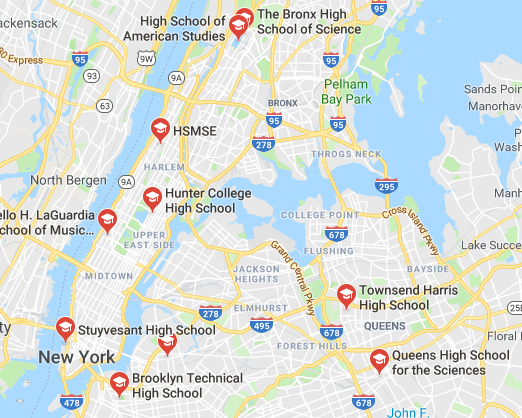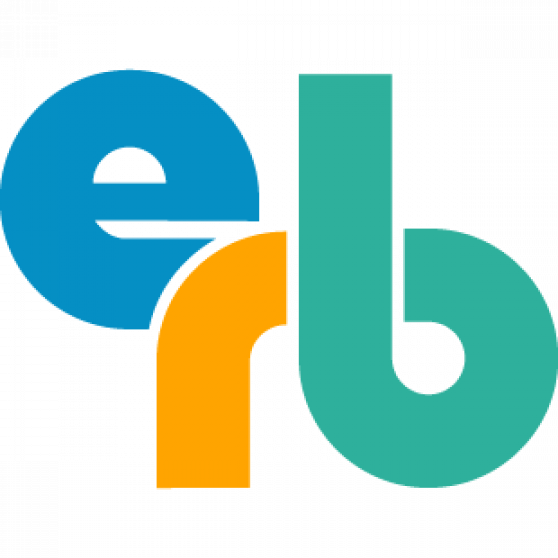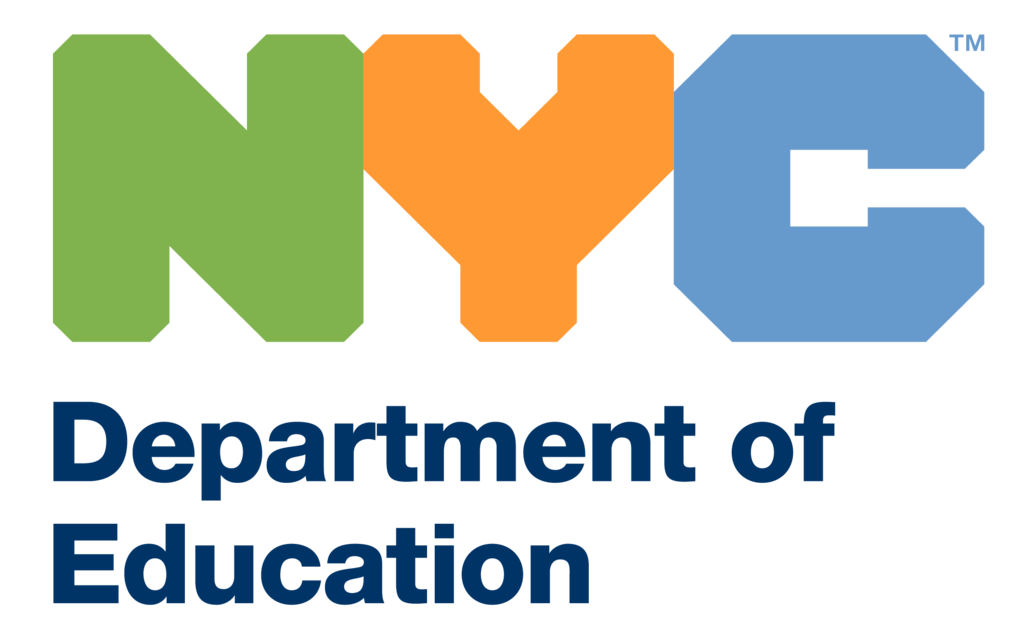ISEE, SSAT, and SHSAT
What are these tests?

The ISEE (Independent School Entrace Exam), SSAT (Secondary School Admissions Test), and SHSAT (Specialized High Schools Admissions Test) are are standardized exams used by many New York City middle and high schools to assess academic readiness.
Private schools like Dalton and Trinity typically require the ISEE, boarding schools like Horace Mann often accept the SSAT, and NYC’s specialized high schools, such as Stuyvesant and Bronx Science, use the SHSAT.
Some schools require these tests for admission, while others do not, so checking each school’s requirements is essential.
Most students take one or more of these exams in the 5th, 6th, or 8th grades when applying to the 6th, 7th, or 9th grades.
Successful students typically start preparing at least six months in advance to build the skills and familiarity needed to compete with other applicants.
Strong performance on these exams is key for academically ambitious students to attend their chosen institution. We’re here to help!
Which one should my student take?
All three exams cover vocabulary, math, and reading comprehension. Which one to take depends on the student’s grade and target school.

ISEE
- Administered by the Education Advisory Company
- Most common exam used for middle and high school admissions
- Has three different levels: Lower Level (5th-6th grade), Middle Level (7th-8th grade), and Upper Level (9th-11th grade)
- Scored in stanines (1-9)
- Has a norm reference scoring system
- Uses synonyms and sentence completion to test vocabulary
- No calculator allowed
- Essay is not scored but sent to schools

SSAT
- Administered by the Enrollment Management Association
- Used for elementary, middle, and high school admissions
- Has three different levels: Elementary Level (3rd-4th grade), Middle Level (5th-7th grade) and Upper Level (8th-11th grade)
- Scored out of 2400
- Has a norm reference scoring system
- Sometimes contains an experimental section that does not affect scoring
- Essay is not scored but sent to schools

SHSAT
- Administered by the NYC Department of Education
- Only used for the nine specialized high schools in New York City
- Taken by 8th and 9th graders
- Scored out of 800
- Uses scaled scores
- Contains experimental questions within each section that do not affect scoring
- Taken in October or November
- No essay
The most common question is:
“What score will my student get?”
If it were only that simple! These tests used norm reference scoring systems, which means that each raw score is compared to the scores of everyone else at that grade level who took that test, then converted to the scaled score. This makes it impossible to determine exactly what score a student will get, as the scale changes for each test. In order to adequately equip students for this endeavor, our tutors teach strategies specific to each test and make sure students have a solid foundation of vocab, math, and reading comprehension skills.
How Does Tutoring Help?
These tests have one particularly difficult trait: they test above grade level in order to help stratify the scores. Our tutors know exactly which techniques and operations students need to know. We make sure each student knows the basics, then teach them the advanced tidbits they’ll need: how to factor polynomials, how to set up systems of questions, and SohCahToa among them. This advantage is what helps students score in the upper tiers of these tests.
Young students have less experience taking standardized tests than older students: that’s one of the first skills we teach them, as mastering the format is just as important as the content. It may seem basic, but having strategies for filling in bubbles and grid-in questions helps young students avoid mistakes.
A Note about Scores.
Remember, these tests are only one part of the application process, and test scores are not necesarily indicative of a student’s abilities. Writing insightful answers to the short answer questions, acing the interview, and navigating the deadlines are just as important to application process.
Our Test Prep Process
Our four-step process simplifies ISEE, SSAT, and SHSAT preparation into clear, manageable steps.
Since most of our clients are preparing for the SHSAT to secure a seat at one of New York City’s specialized high schools, this section focuses on that test. However, the process is similar for the ISEE and SSAT, used by independent and private schools.
You’ll start by finding your baseline score, set goals based on your target schools, create a realistic study plan, and get tutoring support if needed. We begin with a free consultation to understand your needs and tailor a plan that fits. Follow these steps to build the skills and confidence for test day—here’s how it works.
Step 1: Baseline Score
The first step for the SHSAT, ISEE, or SSAT is to find your starting point by taking a practice test under realistic test-taking conditions. This helps us understand your strengths and areas for improvement.
For the SHSAT, take a full-length practice test to simulate the English Language Arts (ELA) and Math sections.
For the ISEE or SSAT, choose a practice test for the appropriate level (e.g., Middle or Upper Level for ISEE).
Take the test in a quiet environment and time yourself to mimic test day.
Don’t worry if your score isn’t where you want it to be—this is just the starting line!
Practice Tests:
SHSAT: Download the official NYC Guide to the SHSAT
Take Test A, on page 34
ISEE: Take the ISEE Practice Test on the ERB Website
Choose the appropriate test for your grade level.
SSAT: Take a practice SSAT On the SSAT.org website
Choose the appropriate test for your grade level.
Step 2: Pick your target schools
For the SHSAT, your score determines eligibility for New York City’s specialized high schools, such as Stuyvesant or Bronx Science.
Each school has a cutoff score that changes annually based on test performance. Compare your baseline score from the practice test to the cutoff scores for your target schools to see how many points you need to improve.
The table shows the 2024–2025 SHSAT cutoff scores for each specialized high school (sourced from official NYC Department of Education data), though the scores change slightly from year to year.
Aim to score above the cutoff to increase your chances of admission.
For ISEE or SSAT, check your target schools’ average stanine or percentile scores, typically available on their admissions websites, and aim for the 75th percentile or higher.
SHSAT Cutoffs
| School Name | Score |
|---|---|
| Stuyvesant High School | 556 |
| Bronx High School of Science | 518 |
| Brooklyn Technical High School | 505 |
| Brooklyn Latin School | 496 |
| HSMSE at City College | 526 |
| HSAS at Lehman College | 510 |
| Queens Sciences at York | 523 |
| Staten Island Tech | 527 |
Step 3: Make a (realistic!) Study Plan.
How many points do you need to hit your target score?
For the SHSAT, improving your score by 20–30 points might require 20–30 hours of study, while a 50-point increase could take 40–60 hours. For ISEE or SSAT, boosting your stanine by 1–2 points may need a similar time investment, depending on your starting point.
Create a study schedule that fits your routine, balancing practice tests, section drills (e.g., SHSAT Math or ISEE Verbal), and review. Spread your study time over weeks or months to avoid burnout. For example, studying 5–10 hours per week over 2–3 months is more effective than cramming.
Step 4: Get some help - if you need it!
Tutors can’t take the test for you, but they can make a big difference by guiding you through the process. A tutor can help you:
- Assess your weak points (e.g., SHSAT grid-in Math or SSAT Analogies).
- Develop a tailored study plan to maximize your score.
- Learn efficient strategies, like eliminating incorrect answers or recognizing question patterns.
- Master test-taking skills, such as managing time per section, staying focused, and handling grid-in or bubble-sheet
- formats to avoid errors.
- Get unstuck on tough problems by identifying key indicators and applying the right approach.
- Review missed problem types to turn weaknesses into strengths.
- For ISEE/SSAT, craft a clear, proofread essay (if required).
- Build confidence to perform your best on test day.
Tutors also teach content and strategies specific to each test, complementing the advanced techniques (like factoring polynomials or SohCahToa) covered in our tutoring program.
We recommend 1 hour of tutoring for every 3–6 hours of solo practice to balance guided and independent work.
